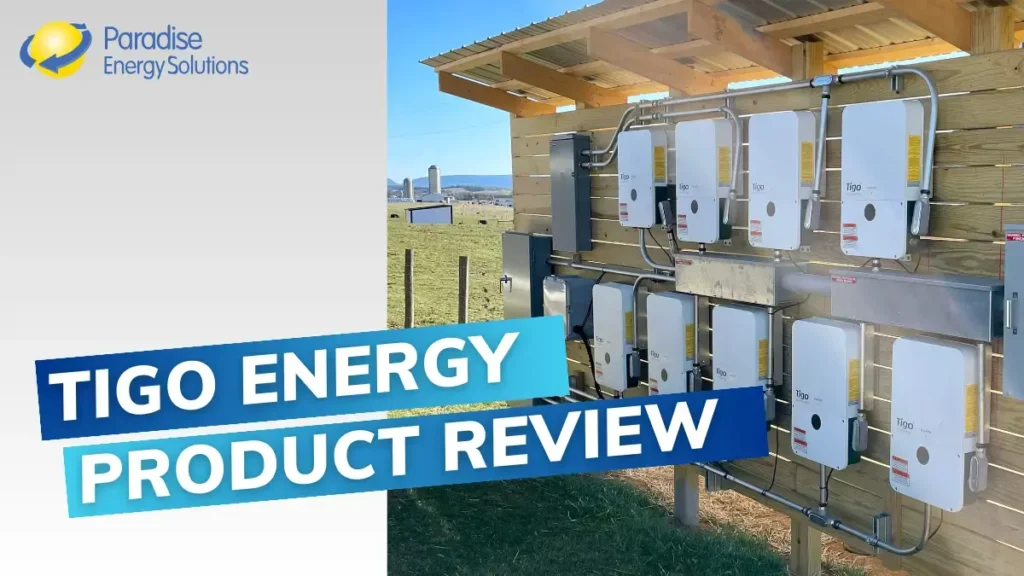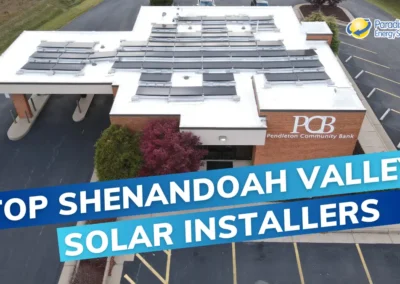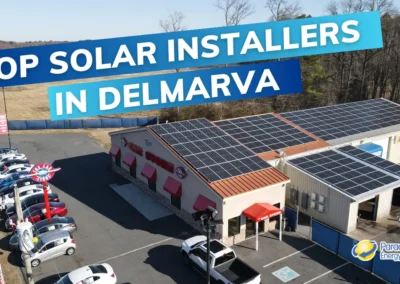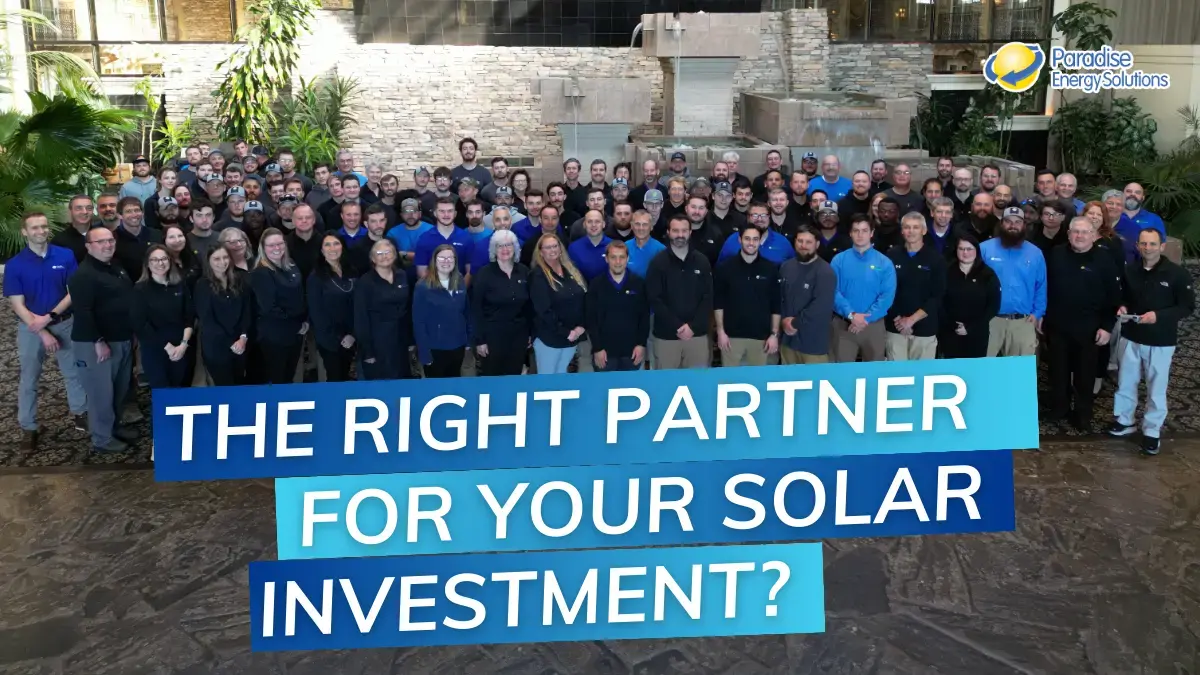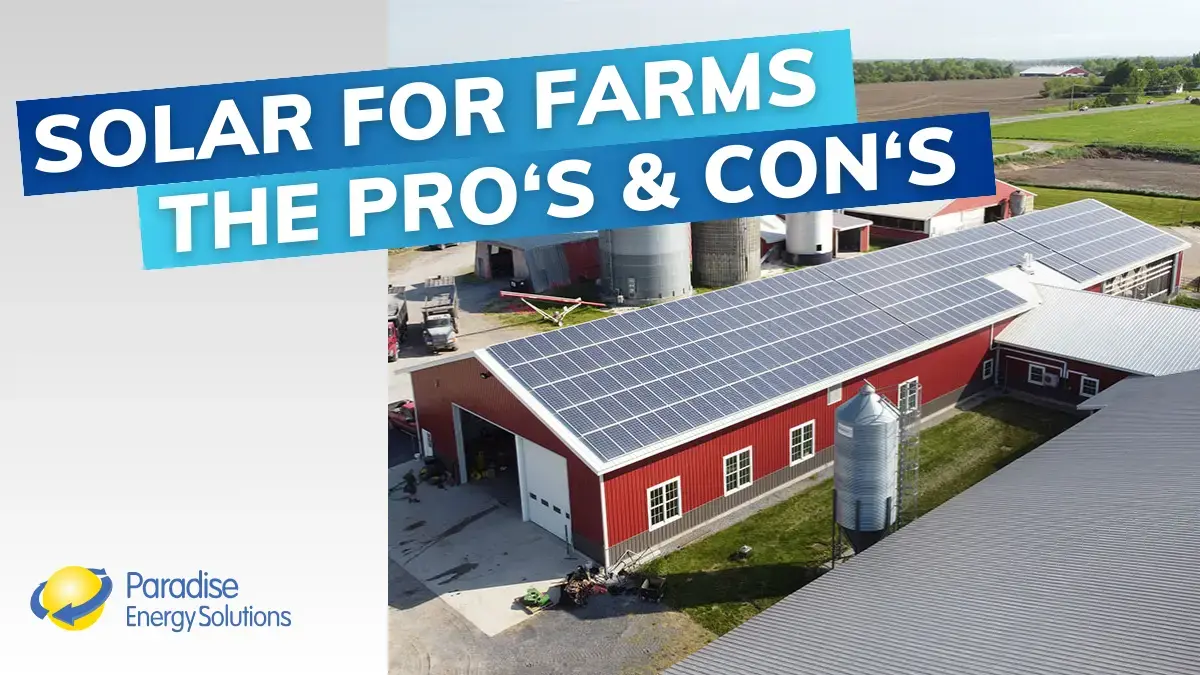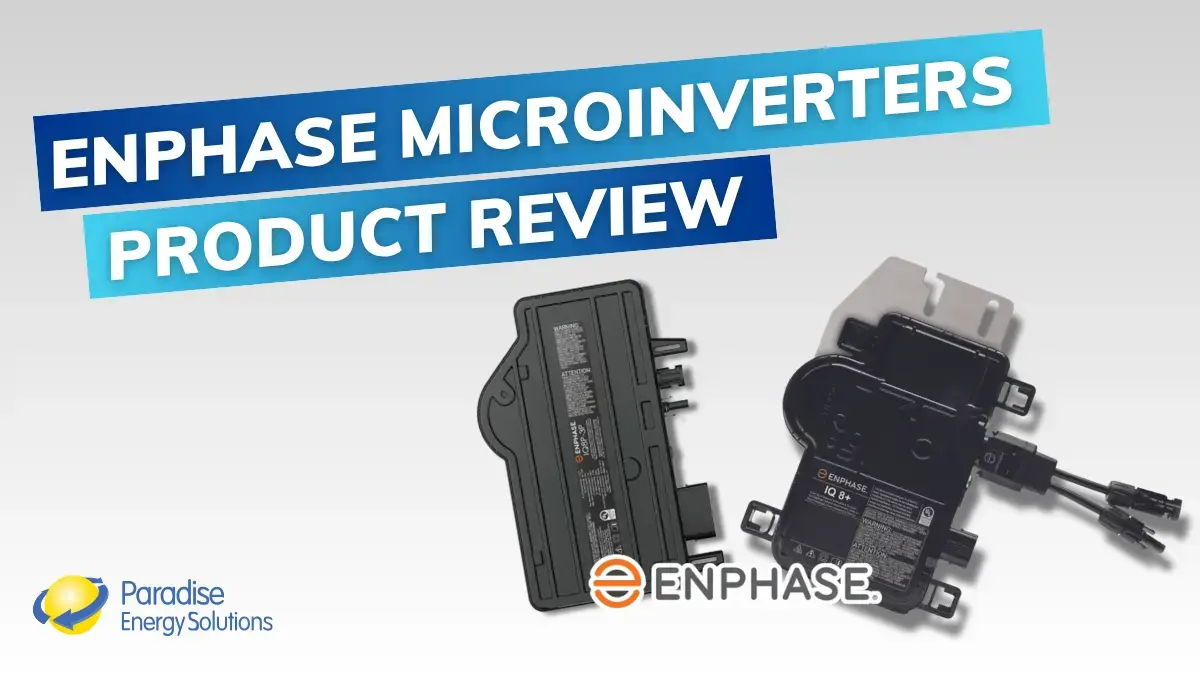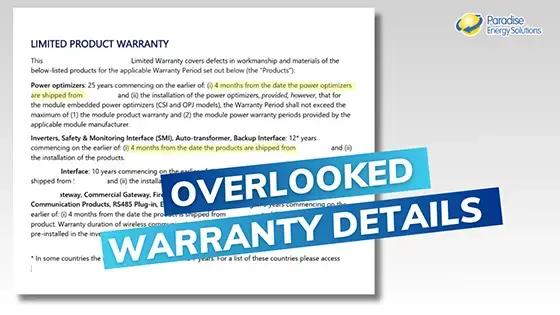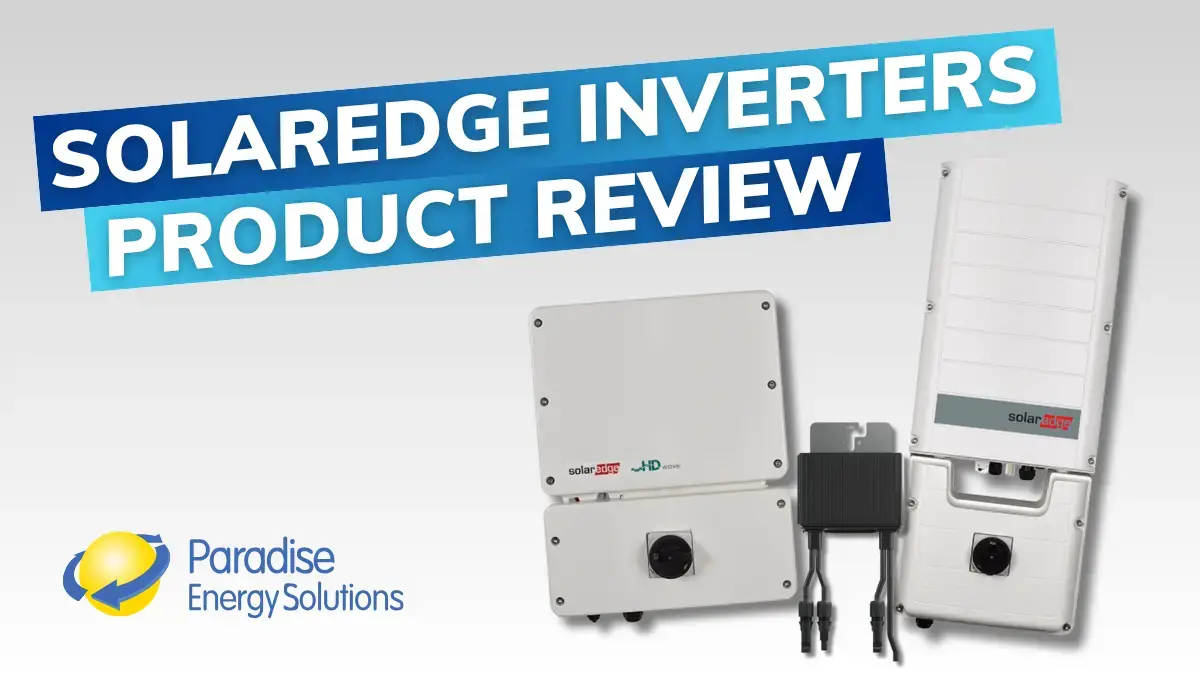Tigo Energy, a leading manufacturer of module-level power electronics for solar systems, has been revolutionizing the industry since 2007. While solar panels and inverters are essential components, Tigo’s innovative module-level electrical components offer additional benefits that can significantly enhance solar output and monitoring.
Now, you might be wondering if these extra components are truly worth the investment and if they will withstand the test of time.
In this comprehensive blog post, we will delve into Tigo Energy and its impressive range of products. Our goal is to provide you with all the necessary information so that you can make an informed decision about whether Tigo Energy deserves a place in your solar system.
We’ll cover:
- About Tigo & Where They Manufacture
- What Is Module-Level Optimization
- What Products Does Tigo Make
- Tigo’s Warranties & Quality of Components
- System Monitoring with Tigo Optimizers
About Tigo & Where They Are Manufactured
Tigo Energy is a leading solar power electronics manufacturer, creating inverters, optimizers, and storage solutions for solar system owners worldwide. Founded in 2007 in California’s Silicon Valley, this US-based business has manufacturing facilities in China and Israel.
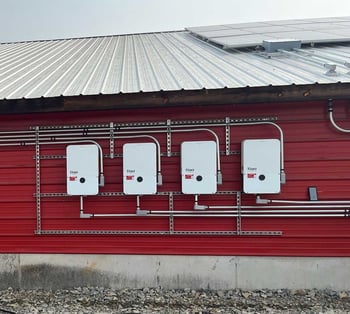 Since 2007, they’ve grown to become one of the world’s premiere creators of Flex MLPE (Module Level Power Electronics). These solar power optimizers can bring the module-level optimization of microinverters but with a smaller price tag.
Since 2007, they’ve grown to become one of the world’s premiere creators of Flex MLPE (Module Level Power Electronics). These solar power optimizers can bring the module-level optimization of microinverters but with a smaller price tag.
Tigo differentiates itself from its competitors through its prioritization of research and development. They employ a team of experienced engineers who continuously work to improve their products while maintaining their intuitive interfaces. Their components also work with various inverter and solar panel brands.
Because their products aren’t manufactured in the United States, the additional 10% domestic content credit likely won’t apply. However, they can still qualify for the standard 30% tax credit.
What Is Module-Level Optimization
Optimizers are not essential, but they can help each solar panel reach its full energy-generating potential, increasing the overall electrical output of your system.
In a typical string inverter setup, solar panels are separated into groups called strings. Each module in that string has to produce the same amount of electricity, so all the panels in a string match the production coming in from the lowest-producing panel. That means if one panel is having issues or is partially shaded, it will reduce the overall output of your system.
Power optimizers, which are small devices installed under each panel, allow for panel-level optimization. That means each panel in a string produces as much electricity as it’s able and isn’t limited by another panel in the string. Power optimizers can increase your system’s free electricity by allowing each panel to produce its maximum energy. They are ideal for systems that deal with shade.
They work similarly to microinverters, which are small inverters attached to each panel. However, power optimizers and a compatible string inverter must be installed, whereas microinverters work independently.
Tigo also makes other panel-level components that offer just monitoring and/or rapid shutdown, depending on the needs and budget of your system.
What Products Does Tigo Make?
Tigo is well-known for its module-level electronics, but it also has a hybrid inverter and energy storage system as part of its residential line. This section will take a look at all their current offerings.
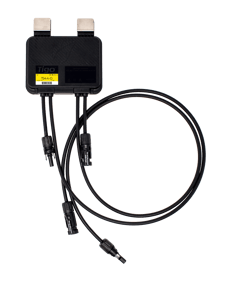
Tigo TS4 Optimizers
Tigo’s TS4 line of module-level power electronics offers products with various features at different price points. This allows you to choose what is best without paying for what you don’t want.
TS4-A-O: Includes panel-level optimization, monitoring, and rapid shutdown for solar panels up to 700W. If you want to optimize your solar panels’ performance, this is the Tigo product you’d choose.
- TS4-A-S: While it doesn’t include module-level optimization, it will give you module-level monitoring for improved insight into how each panel performs. It also offers module-level rapid shutdown and is suitable for panels up to 700W.
- TS4-A-M: This product offers module-level monitoring only. It does not offer rapid shutdown or optimization like the previous two products.
- TSA-A-F & TS4-A-2F: These models offer rapid shutdown of specific panels without panel-level monitoring or optimization.
Tigo’s EI Residential Solar Solution
This line combines Tigo’s optimizers, hybrid solar inverter, battery, and automatic transfer switch (ATS) to create efficient solar systems enhanced with energy storage.
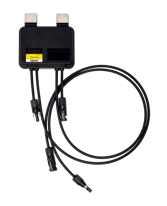
TS4 Optimizers: The EI Residential Solar Solution features the company’s TS4 electronics, which can bring module-level optimization to your system.
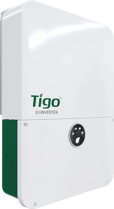
EI Inverter: This storage-ready hybrid string inverter comes in 3.8, 7.6, and 11.4 kW options and a 152-month warranty (a little over 12.5 years).
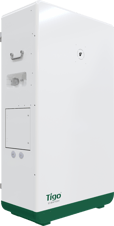
EI Battery: This lithium-ion battery has a usable capacity of 9.0 kWh and provides 5 kW of continuous power and 6 kW of peak power. Up to four can be installed with one string inverter. An 11-year or 6,000-cycle warranty backs it.
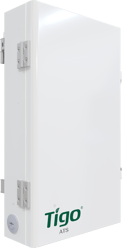
ATS: This essential component recognizes when the grid goes down and shifts the system to operate only on your solar system and battery. An 11-year warranty backs it.
Tigo’s Warranties & Quality of Components
Tigo’s TS4 products are all backed by a 25-year warranty, which matches or exceeds many solar panel manufacturers’ warranties. That means your module-level components should last at least as long as the rest of your system.
Tigo’s website states that their products have proven themselves in some of Earth’s harshest environments, including Antarctica and Chile’s Atacama Desert (where the Mars rovers are tested).
Many of their components also meet the strictest module-level shutdown requirements, keeping you and first responders safe in an emergency. They also work with a wide variety of inverter and solar panel models.
The EI Inverter is backed by a 152-month warranty, which is on par with other quality inverters. The EI batter and ATS are backed by 11-year warranties, again on par with similar products.
System Monitoring with Tigo Components
Module-level optimization, be it with microinverters or power optimizers, offers excellent system monitoring. A typical string inverter setup will only grant insight into the string’s performance data. Module-level optimization, however, allows you to see the performance of each panel.
With most of Tigo’s TS4 line, you’ll get access to their Tigo Energy Intelligence system. This monitoring system allows you to connect all your solar energy system’s components, including your inverters, batteries, power meters, and more, to gain insight into your entire system.
Either as an app or on a computer, you’ll have remote, 24/7 access to your system’s key performance metrics. This includes everything from current and historical output to your system’s lifetime environmental offset.
Are Tigo Module-Level Electronics Worth It?
While they add to your system’s total cost, will Tigo’s components deliver enough utility or savings to compensate for it?
That depends on your system, financial goals, and your specific needs.
Overall, Tigo creates a dependable, high-quality product to enhance your system. If you’re unsure they suit your system, talk to a trusted solar energy installer about your specific needs.
Last updated: August 2023
